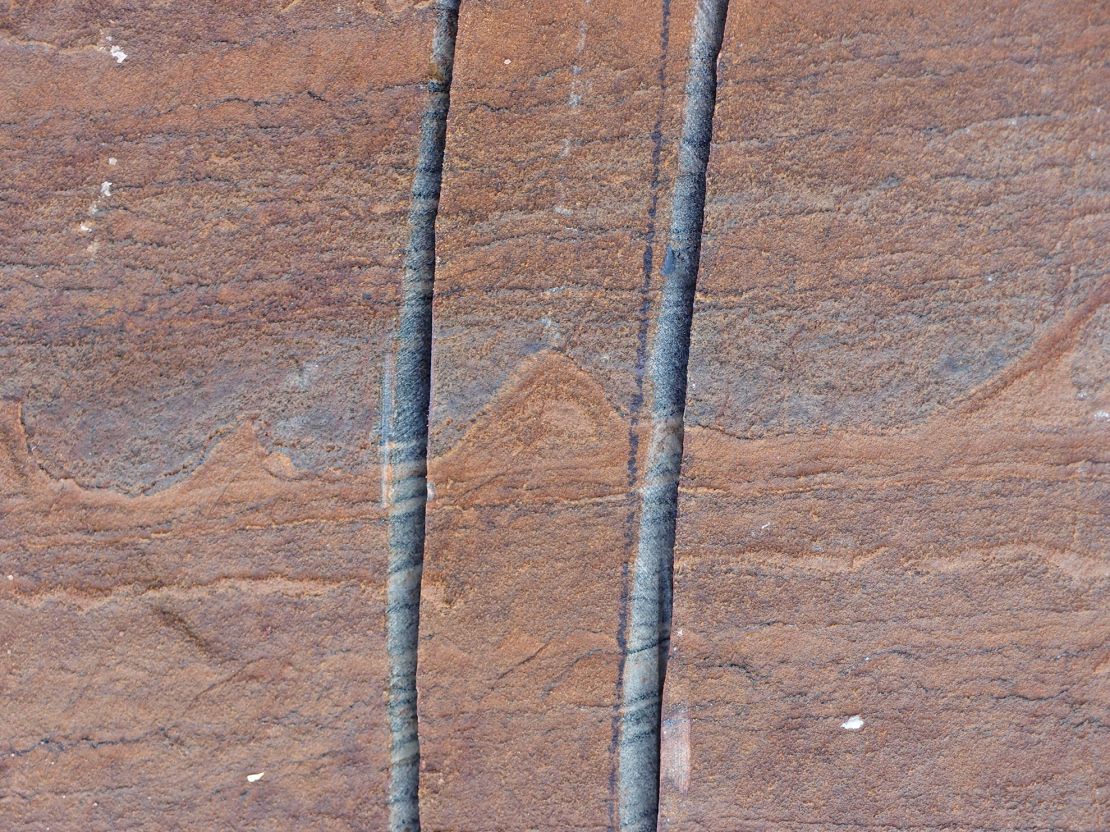Story highlights
Scientists believe they have found world's oldest fossils
Stromatolites are mounds formed by clusters of bacteria living on the sea floor
Findings suggest similar life could have existed on Mars
Scientists have discovered in Greenland the oldest physical evidence of life on earth – fossils that date back 3.7 billion years.
If confirmed, the fossils are 220 million years older than any previously found, providing tangible evidence of ancient living organisms that offer potential clues about similar life on Mars.
The researchers, who published their findings in the journal Nature, believe that the fossils are stromatolites – mound-like structures produced by photosynthetic bacteria.
The microscopic bugs formed colonies on the sea floor, depositing carbonates and combining with sediment to make mounds that were eventually preserved in layers of rock.
Early life
“For the first time, we can actually see an environment in which early life flourished,” said Allen Nutman of the University of Wollongong in Australia, one of the co-authors of the research. “In this case it was a shallow sea, probably quite close to a shoreline.”
“If we got these communities of bugs 3.7 billion years ago, building structures you can see with your naked eye, there is a possibility the same thing could have happened on Mars.”

About 3.7 billion years ago, Mars was made up of river and oceans. Nutman said the watery environment is shown by rock patterns consistent with wave action on sediment from the sea floor.
“The fact that there’s increased possibility you could actually find some physical objects with the present generation of Martian rovers is certainly very exciting,” Nutman said.
Though previous studies using isotopes (chemical elements) suggested life on Earth dates back 3.8 billion years, this is the first time that physical evidence supports these findings.
Revealed by melted snow
Nutman was part of a group of Australian scientists researching the Isua supacrustal belt in southwestern Greenland – among the world’s oldest rocks, which he’d been studying for 36 years.
However, Isua rock is metamorphic – formed by intense heat and pressure of shifting tectonic plates – which makes the scientists’ discovery even more surprising. It was only after a decades-old block of snow melted that the landmark fossils emerged.
“When you look at most of the rocks in Isua, their features have been destroyed by the processes that have been superposed on top,” said Nutman. “We noticed that an area that for decades had been covered by a snow patch, even in the middle of the summer, was free of snow. We walked over and all immediately realized what we were looking at.”
Some scientists may argue that the intense metamorphic conditions could have deformed the rock, but the researchers are confident of their findings. They actually made the discovery in the summer of 2012, but have waited for four years of further research and laboratory testing to support their theory.
“The sum of everything points to them being stromatolites,” said Nutman.
‘Really exciting find’
Dr. William Martin, head of the Molecular Evolution Institute at Dusseldorf’s Henrich Heine University, said that though the fossils lack clear isotope tracing to prove their biological nature incontrovertibly, it is nonetheless “a very exciting find.”
“If they really are of biological origin – and I think they’re convincing – then it’s interesting in two ways. One, it would be the oldest fossils we have.”
“Number two, they’re almost certainly photosynthetic. All signs indicate that stromatolites are growing in shallow waters and harvesting light energy. That would really put an ancient date on photosynthesis.”
Photosynthetic bacteria had a pivotal role to play in the evolution of life on Earth, explains Prof. Matthew Wills of the Milner Centre for Evolution at the University of Bath.
“The early Earth would have been a fair vision of hell, much too hot initially to support the stable biochemistry that underpins all life as we know it,” said Wills.
“Through their photosynthesis, [the bacteria] were responsible for producing oxygen and sequestering carbon dioxide, so transforming our atmosphere over hundreds of millions of years.”
This process also cut out harmful solar radiation and paved the way for more complex forms of life to follow.
“This is a really exciting find,” said Wills. “While there is evidence of life of this age from chemical studies, these microbial fossils are the oldest physical remains that bear scrutiny.
“Rocks of this age are incredibly rare as they tend to have been drawn down into the molten interior of the Earth by the movement of tectonic plates. So although life may have originated earlier, the chances of finding fossils older than this are pretty slim.”



